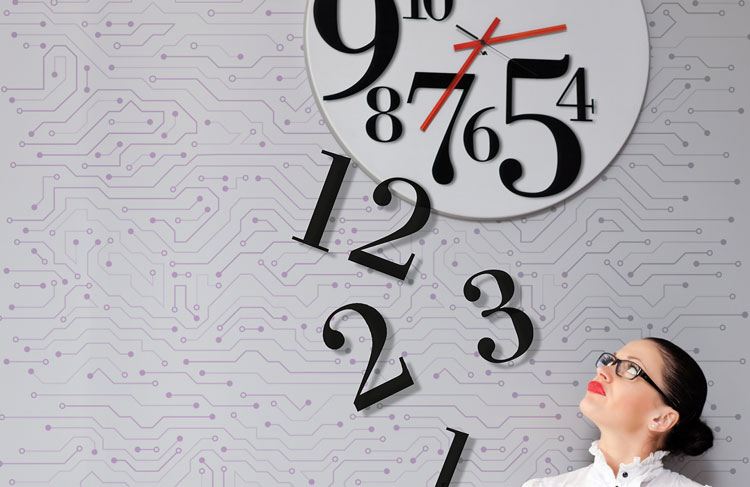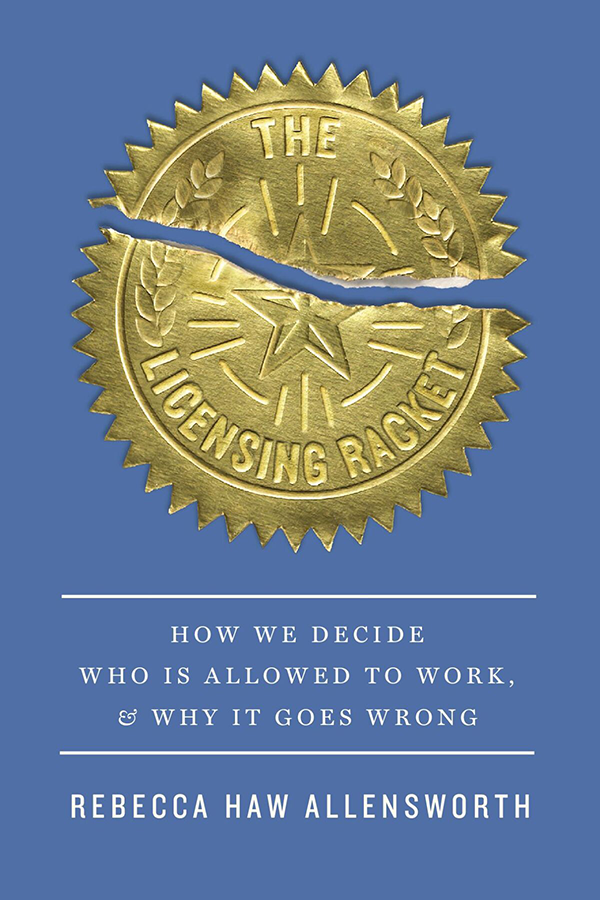Why have automated timekeeping programs failed to gain a foothold in the industry?

Photo illustration by Sara Wadford/Shutterstock
The sooner law firms bill clients, the sooner they get paid. Everyone knows that, but the billing process gets bogged down in the first step: getting time entered in a proper narrative with activity and task codes, according to the 2019 Aderant Business of Law and Legal Technology Survey.
There are two things law firms can do. Firms can reduce or eliminate their reliance on time capture and the billable hour by turning to alternative fee arrangements, such as flat fees or traditional retainer models. Alternatively, they can facilitate time capture and entry for lawyers by adopting new technology.
Moving away from the billable hour model can be a dangerous proposition. On the one hand, the billable hour is a performance measure for lawyers and practice areas and a reward system for law firms. On the other, it is a measure of work product. The billable hour is a “universal input metric,” writes Peter Zver, president of Tikit NA, in Legal Timekeeping Manifesto: 10 Truths. This value is “multidimensional” and becomes a “source for conducting good business.”
“The billable hour remains the DNA of law firms,” says Ryan Steadman, chief revenue officer of Zer0. It’s just a question of how to present the billing information to clients. “Firms cannot value [alternative fee arrangements] without understanding the amount of time spent on the life cycle of a matter—it’s like playing baseball in the dark.”
Time capture for all seasons
Time-capture technology started 20 years ago with software that crawled law firm systems to identify and capture time, says Gabriela Isturiz, president and co-founder of Bellefield, maker of iTimekeep. At law firms that deployed this passive time capture, only 10% to 15% of timekeepers adopted it—the common complaint from others was that timecards weren’t automatically created, Isturiz says. Sometimes it took more work to utilize the technology than simply entering time.
Allowing progressive time entry on mobile devices and in desktop applications for lawyers to capture time on their own terms increases user adoption, Isturiz says. Add the ability to validate timeslips against outside counsel guidelines, and you have a shorter path from work-in-progress to revenue. However, the technology’s promise to lawyers that they would never have to enter another timeslip remained unfulfilled.
Time capture and time entry continue to pose a problem of entering time, says Matthew Volm, former CEO and co-founder of Tali, a defunct cloud-based, voice-driven time capture software. Tali addressed the issue for solos and small firms, where attorneys are typically responsible for entering their own time through good old-fashioned time-entry forms, which could be a manual and time-intensive process, rather than through cloud-based software like Alexa.
In the end, Volm says Tali just never found the right product-market fit. The technology was not quite there to meet the expectations of lawyers, who are typically not early adopters or risk-takers. Rather than replacing manual time entry, voice-enabled entry required some back-and-forth to get all the data required to complete time entry, Volm says. The necessary dialogue created more friction in the time-entry process, which degraded the value Tali brought to customers.
Voice technology helps lawyers input timecard components, Isturiz says, but they still need some incremental effort to complete the administrative chore. Next-generation time capture powered by artificial intelligence, however, will complete time entry and timecards for lawyers, Isturiz says.
New time-capture software with artificial intelligence composed of machine learning and natural language processing is rolling out from Thomson Reuters, according to Elisabet Hardy, vice president of financial and practice management at Thomson Reuters. By the end of 2019, Bellefield will also adopt the technology, Isturiz says. They will join startups Ping and Zer0, making it easy for lawyers to measure time and track billable hours.
Ping is an automatic timekeeping and time-capture software provider. The company’s mission aims to relieve lawyers of the drudgery of time entry and free their time to deliver high-end legal services while providing structured data to support a law firm’s pricing model. The software installs on Microsoft Windows 10 computers and has a mobile app for Apple iPhones. Ping monitors active windows and captures lawyers’ activity in Outlook and other Microsoft applications, Adobe PDF tools and supported document management systems iManage and NetDocuments. It automatically captures time entries with durations, assigns clients and matters to entries, creates narratives with phase and task codes using machine learning and natural language processing, and populates timesheets with the processed data for lawyers’ approval.
Zer0 automates time-consuming administrative jobs for lawyers using machine learning and natural language processing. One task is mobile time capture on iPhones with the Zer0 for Mobile app. Zer0 files incoming mail in a “primary” or “other” inbox. For primary mail, Zer0 predicts the relevant client and matter, tracks the time reading or writing a message, notes the subject line and adds an activity description. Then Zer0 sends the time narrative via an application programming interface to the firm’s time management software.
The future of time capture
The state of the legal market ever since the Great Recession has resulted in flat demand for legal services. Additionally, the rapid growth of new technologies has made legal work less labor-intensive, leaving clients in control of a buyer’s market.
Law firms are responding to the changing market in many ways. One way is to meet the technology challenges with new technology to reduce costs and improve the delivery of legal services. It’s hard to ignore new AI-based time-capture tools.
“We see progressive firms using new technology like time-capture technology with machine learning to be more accurate and take some of the administrative tasks out of their day,” Hardy says. She observes that midsize firms readily embrace new technology to compete with large law firms.
When law firms track time by task codes and associate the metadata with client matters, they have the data to show value propositions to clients, said Kenneth Jones, chief technologist of Tanenbaum Keale and chief operating officer of the firm’s subsidiary, Xerdict Group. Firms can demonstrate via analysis of time entries quantitative outcomes and show how efficiently a firm executes tasks or uses technology to manage work.
This article ran in the Winter 2019-2020 issue of the ABA Journal with the headline “Before Its Time? Despite lawyers saying they hate having to track hours, automated timekeeping programs have failed to gain a foothold in the industry.”
Write a letter to the editor, share a story tip or update, or report an error.


